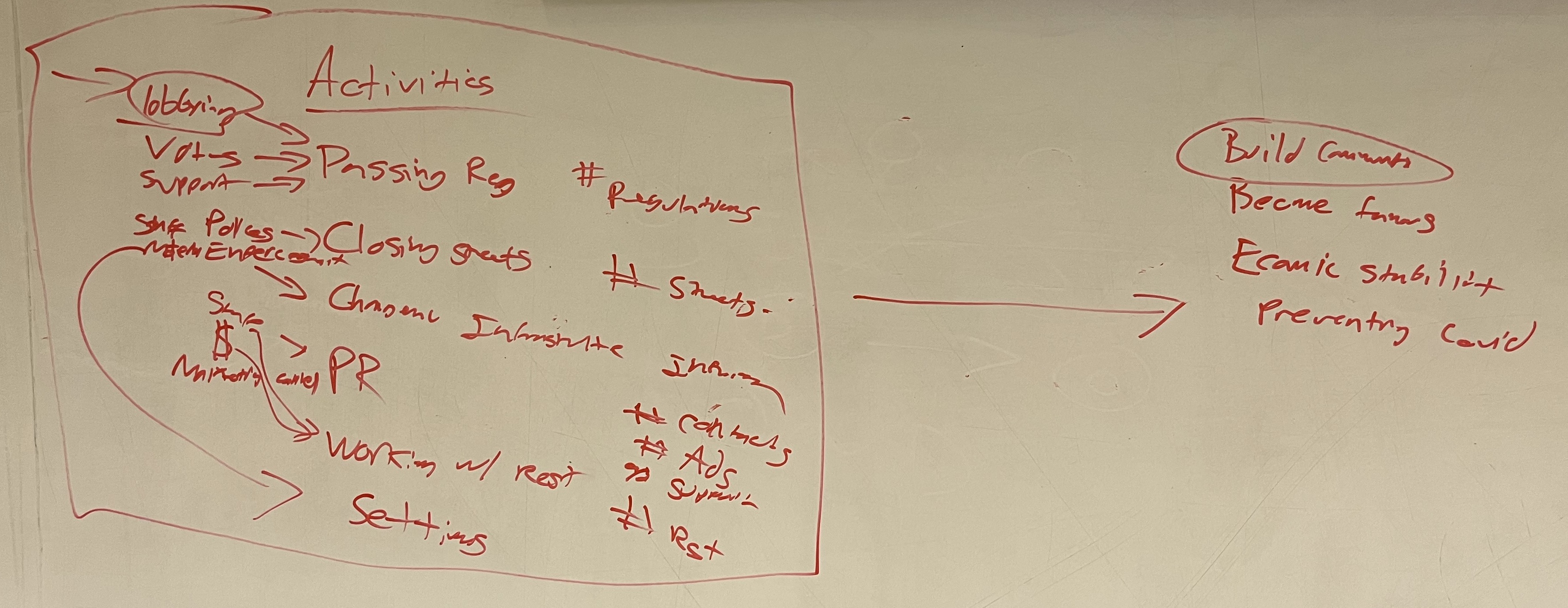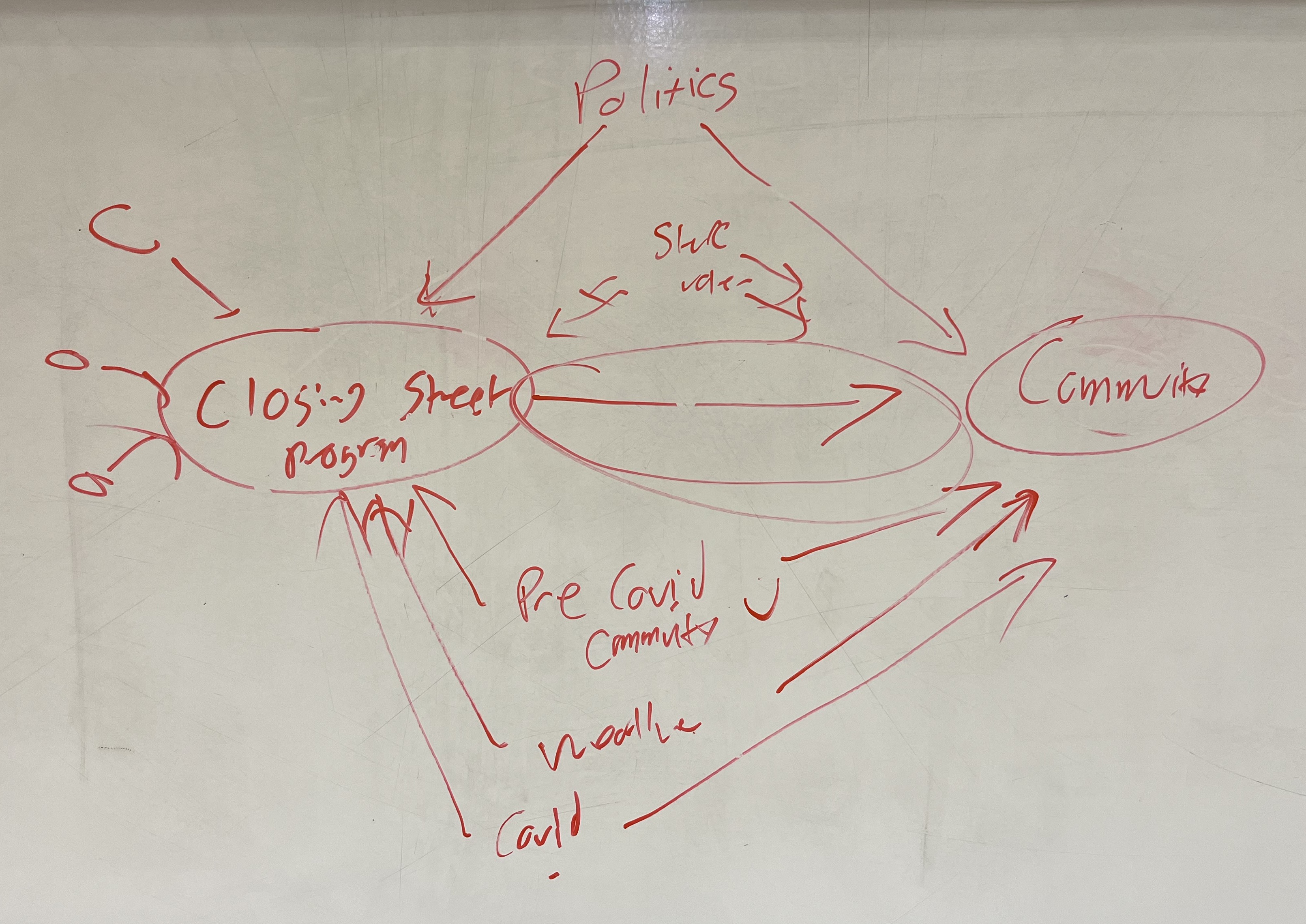
DAGs and potential outcomes
Content for Thursday, February 9, 2023
Readings
- Prologue and at least one of the four acts from This American Life, “Gardens of Branching Paths,” episode #691, January 10, 2020
- Chapter 3 in Impact Evaluation in Practice (Gertler et al. 2016)
- Chapters 8, 9, and 10 in The Effect (Huntington-Klein 2021)
Potential outcomes, ATEs, and CATEs example page
- The example page on potential outcomes, ATEs, and CATEs shows how to use R to calculate ATEs and CATEs
Slides
The slides for today’s lesson are available online as an HTML file. Use the buttons below to open the slides either as an interactive website or as a static PDF (for printing or storing for later). You can also click in the slides below and navigate through them with your left and right arrow keys.
Tip
Fun fact: If you type ? (or shift + /) while going through the slides, you can see a list of special slide-specific commands.
Videos
Videos for each section of the lecture are available at this YouTube playlist.
You can also watch the playlist (and skip around to different sections) here:
In-class stuff
Here are all the materials we’ll use in class:
Confounding, unblocked
Confounding, blocked
Mediation
Logic model and DAG for closing streets program
Logic model:
DAG:

References
Gertler, Paul J., Sebastian Martinez, Patrick Premand, Laura B. Rawlings, and Christel M. J. Vermeersch. 2016. Impact Evaluation in Practice. 2nd ed. Inter-American Development Bank; World Bank. https://openknowledge.worldbank.org/handle/10986/25030.
Huntington-Klein, Nick. 2021. The Effect: An Introduction to Research Design and Causality. Boca Raton, Florida: Chapman and Hall / CRC. https://theeffectbook.net/.